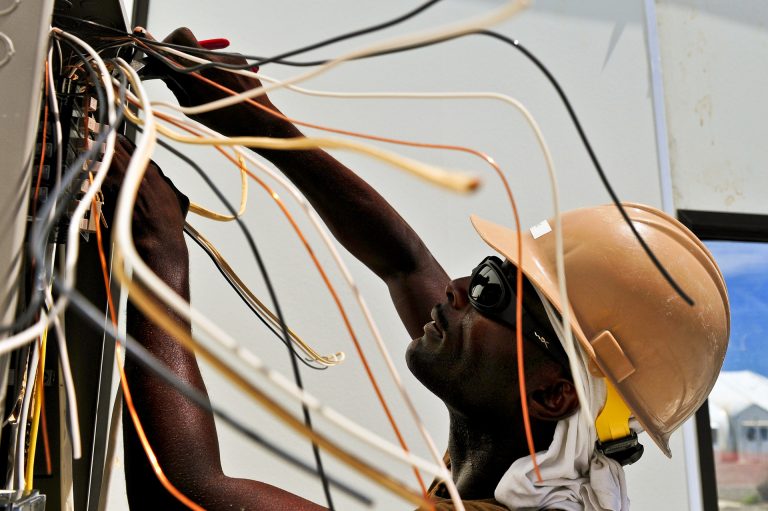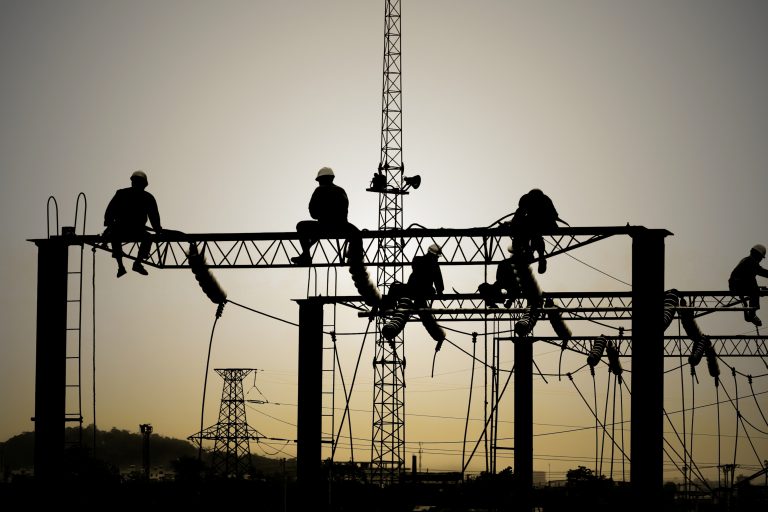Entitled “A Snapshot of the Electrical Contracting Sector in Europe”, this new report from EuropeOn provides an overview of the sector at European level. This report is the first of its kind and shows how wide and diverse electrical contracting can be.
With the support of our member associations, we have been able to produce some key figures defining our sector at European level. We calculated the combined turnover of our sector to be in excess of EUR 200 Billion, representing about 15% of the entire construction sector. The increasing ubiquity of electricity can explain the magnitude of this figure, but it also has to be correlated with the number of workers generating this income. We estimated a total workforce of 1.8 million professionals, meaning that 1 in 134 active Europeans is employed by an electrical contractor. This reflects the amount and diversity of the work performed in our industry as well as the quality of the jobs on offer, characterised as “green” and resilient as well as qualified and skilled. Finally, we found that there are around 300.000 electrical contracting businesses operating in Europe, with an average of 6 employees each.
While these figures can provide an outline of our sector, the diverse range of projects requiring their expertise entails great differences among companies. The size can go from a single, selfemployed professional focusing mainly on domestic installations to a multinational company with thousands of employees undertaking large-scale renovation or infrastructure projects. The workforce can differ as well, covering a wide skillset and a variety of educational backgrounds, ranging from electricians to engineers, with knowledge in basic electrical infrastructure, electrical machinery or IT connections, alongside business engineers, managers and more.
Further, electrical contractors are involved in all electrical installations, putting them in a unique position to offer insight on the current market trends for electricity-related products. In our report, we highlight the main trends reported by our member: decentralised renewables and heatpumps are at the top, followed by digital and smart buildings solutions in second place and EV charging infrastructure and batteries in third place. We find that climate and energy measure are a major driver for the above-mentioned trends.
Finally, we circle back to the core of our sector: the workforce. We have extracted some skills and workforce related trends that are repeated across our membership. Digitalisation is a transformation that spans all countries and is becoming increasingly impactful, affecting the technologies to be installed as well as work processes themselves. This also has an impact on the necessary skills for our workers, moving from traditional blue-collar to rather white-collar skills and thus creating “bottleneck” vacancies.
This worrying skills trend has prompted us to launch the #Skills4Climate campaign as a means to raise awareness about the skill shortages and mismatches affecting our sector and in turn threatening the European Green Deal.
Read the full report here.


